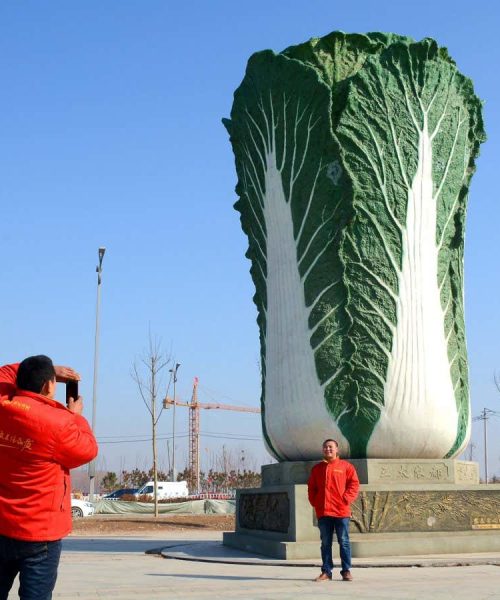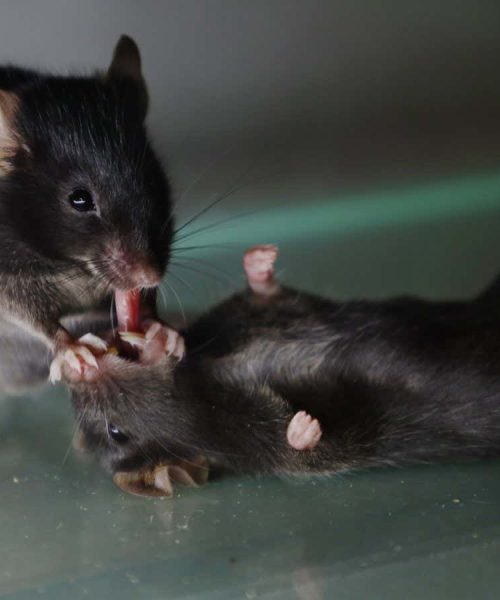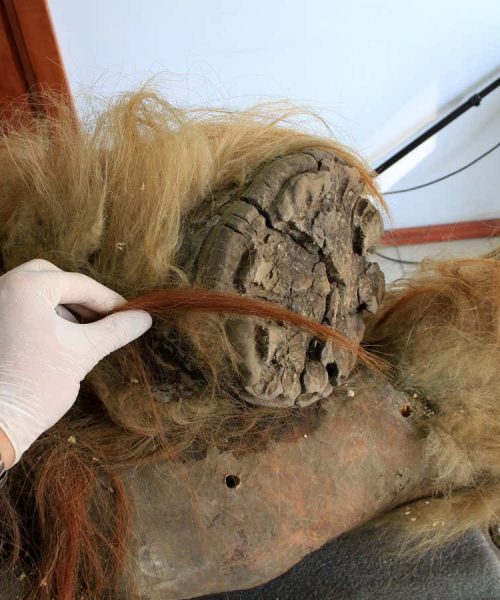
Scientists from Royal Botanical Gardens, Kew, in the UK have worked with a team of Brazilian paramotorists in the Peruvian desert to recover and study endangered species from fragile and inaccessible ecosystems. “The idea was to use them to travel to areas that we could not get to, and collect samples and [cause] very little damage,” says Justin Moat, senior research leader at Kew and lead author of the study.
The team focused on unique fog-fed oases known as lomas. These habitats are home to around 1700 plant species, including the poorly researched perennial Tillandsia. The researchers worked with paramotorists, who fly powered paragliders through the skies, in the largely unexplored regions of Lomas de Amara y Ullujaya, Lomas San Fernando and Lomas Morro Quemado. The paramotorists were trained in botanical sampling to identify, tag and collect samples from areas deep in the otherwise inaccessible desert. They returned with several Tillandsia plants – the aim is to collect, identify, map and carry out DNA analysis to gain insight into their historical isolation and potential gene flow between populations.
The study demonstrates a faster and more environmentally friendly alternative to four-by-four off-road vehicles to reach outlying areas, reducing carbon dioxide emissions with negligible impact on the fragile lomas. “To actually send someone to an area that would take so long for us to travel to is incredibly exciting,” says Moat. “To some degree, in the future, we will never know we were there, except for the specimens we now have at Kew.”
Topics:





